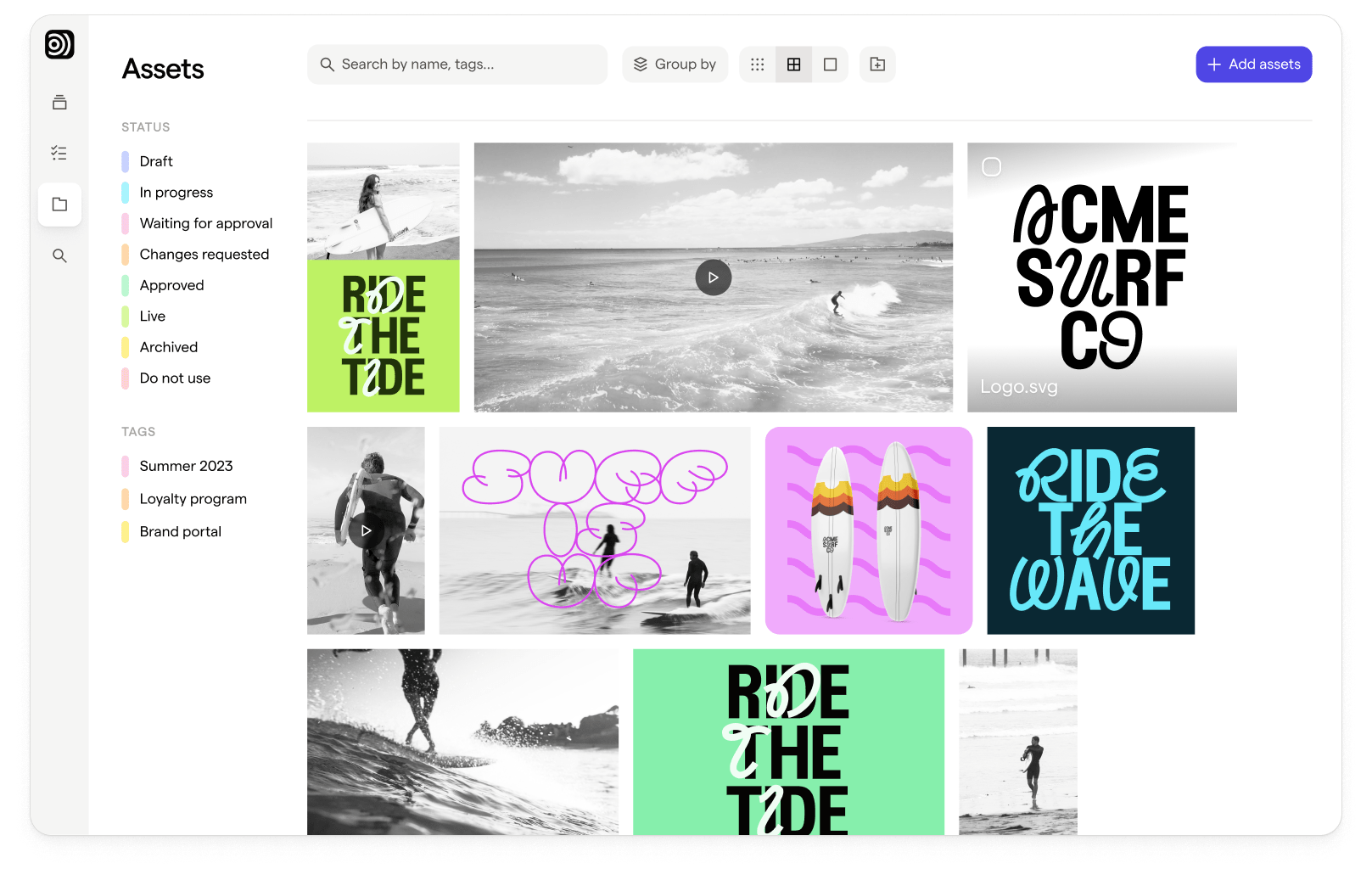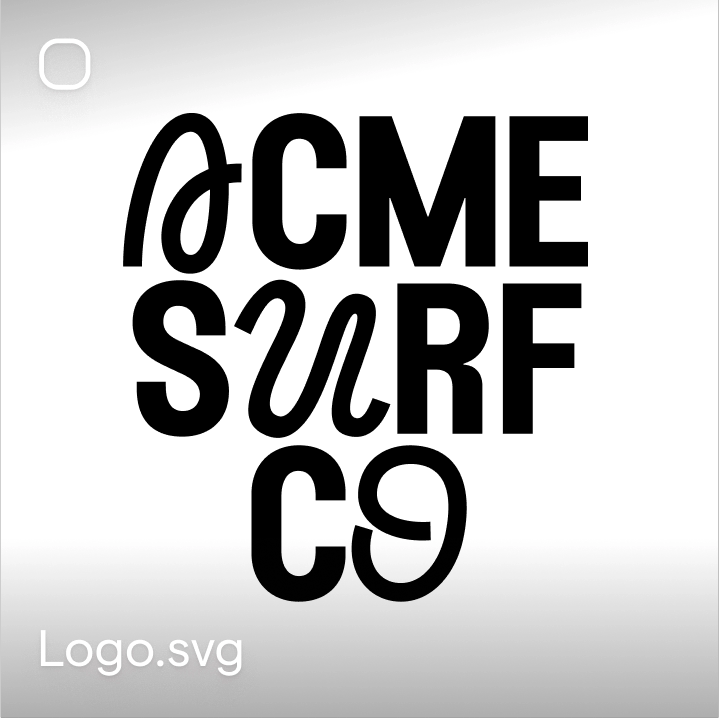Defining Ecom Brand Management
What is Ecom Brand Management
Ecom Brand Management involves the strategic planning and execution of processes that maintain, improve, and enhance an ecommerce brand's reputation, visibility, and customer engagement.
Why is Ecom Brand Management Important
In the rapidly evolving digital landscape, Ecom Brand Management is key to ensuring a brand remains competitive and relevant, providing a consistent, high-quality experience to consumers across all digital touchpoints. This has become increasingly important for all ecom brands, as the number of channels and the volume of creative assets needed for social media, ads, and landing page have significantly increased in recent years.
Read more: Success Story – How VIBAe supercharged marketing content production with Focal
How Digital Asset Management (DAM) helps Ecom Businesses in Brand Management
Next, we need to examine what Digital Asset Management (DAM) is and its significance within Ecom Brand Management.
Digital Asset Management Explained
Digital Asset Management is the practice of organizing, storing, and retrieving rich media and managing digital rights and permissions. These assets include product images, UGC, ad images, videos, podcast content, animations photos and other content.
Read more: What is a Digital Asset Management (DAM)?
Significance of DAM in Ecom Brand Management
For effective Ecom Brand Management, a robust DAM system is crucial. It streamlines operations, reduces redundancies, and allows for seamless collaboration between teams and creative agencies, ultimately enhancing the brand's online presence and driving more sales.
Read more: Why is Digital Asset Management Important in E-commerce?
Digital Asset Management: Combating Ad Fatigue and Creative Fatigue
One key advantage of DAM systems is their ability to alleviate issues like ad fatigue and creative fatigue.
The Phenomenon of Ad Fatigue
Ad fatigue is when a target audience becomes overly familiar with an ad, leading to decreased performance metrics. This results in less effective campaigns, reduced engagement, and ultimately, decreased conversions.
Role of DAM in Alleviating Ad and Creative Fatigue
By using DAM systems, brands can diversify their creative assets, easily rotate advertisements, and keep the content fresh and engaging, effectively reducing the risk of ad and creative fatigue. Modern DAM systems provide a dashboard where everyone on the marketing and design team can review how various assets are performing in ads, on the website, and at other touchpoints. These performance metrics can include data such as Click-through Rates (CTRs), Conversion Rates, and more.
Improving Creative Performance Through Effective Asset Management
Harnessing the power of creative assets and understanding the impact of DAM on creative performance are crucial components of Ecom Brand Management.
Read more: The Best Creative Performance KPIs to Track for Marketers
The Power of Creative Assets
Creative assets are key elements of a brand's advertising efforts. They play a pivotal role in capturing audience attention, driving engagement, and triggering conversions.
Read more: A Guide to Leveraging Creative Assets for Differentiation in DTC and eCom Brands
Impact of DAM on Creative Performance
A DAM platform enhances creative performance by providing a central hub for storing, managing, and distributing creative assets. This facilitates faster decision-making, encourages creative consistency, and leads to more effective, engaging campaigns.
Utilizing Digital Asset Storage and Libraries for Better DAM Strategy
For a robust DAM strategy, it's vital to understand digital asset storage and the importance of a digital asset library.
Understanding Digital Asset Storage
Digital asset storage refers to the secure housing of digital files in a DAM system. Proper storage ensures easy access, efficient management, and the safeguarding of important digital materials.
The Importance of a Digital Asset Library
A digital asset library, a key feature of a DAM system, is a systematically arranged, searchable collection of digital files. It boosts operational efficiency by allowing users to easily find and retrieve the assets they need.
Conclusion: Embracing DAM for Effective Ecom Brand Management
To conclude, integrating Digital Asset Management systems is crucial for successful Ecom Brand Management. DAM systems help alleviate ad fatigue, increase creative performance, and streamline digital asset storage and retrieval, revolutionizing the way ecommerce brands operate in the digital marketplace.
FAQs
- What is ecom brand management?
Ecom brand management involves maintaining, improving, and enhancing an ecommerce brand's reputation, visibility, and customer engagement in the online marketplace.
- What is ad fatigue and how can it be addressed?
Ad fatigue is when an audience becomes overly familiar with an ad, leading to decreased performance. This can be addressed by diversifying creative assets and rotating advertisements using a DAM system.
- What is a Digital Asset Management system?
A Digital Asset Management system is a solution for organizing, storing, and retrieving rich media and managing digital rights and permissions.
- How does DAM improve creative performance?
A DAM platform enhances creative performance by providing a central hub for storing, managing, and distributing creative assets. This facilitates faster decision-making, encourages creative consistency, and leads to more effective, engaging campaigns.
- What are digital asset storage and a digital asset library?
Digital asset storage refers to the secure housing of digital files in a DAM system. A digital asset library is a systematically arranged, searchable collection of digital files within the DAM system.
What is Focal?
Focal is a creative asset management platform perfect for asset-heavy teams. With Focal, you can ship effective ads 10x faster.
Our key features are an AI-powered search for creative assets, advanced media mockups, and collaborative docs designed for marketers. All features in Focal are seamlessly connected with Slack and Figma, so you don't need to waste time on manual copy+paste.




















